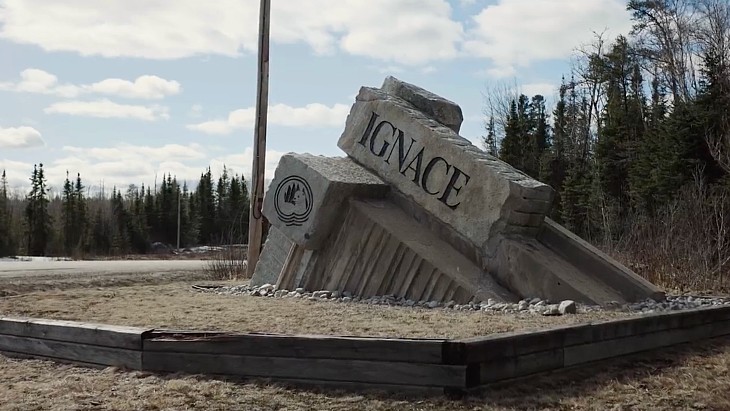New tritium handling technology gets award
General Electric (GE) and the University of Bath have received an award for developing technology to store, treat and recycle tritium waste - a radioactive chemical by-product of medical research and nuclear power generation.
General Electric (GE) and the University of Bath have received an award for developing technology to store, treat and recycle tritium waste - a radioactive chemical by-product of medical research and nuclear power generation.
The Institution of Chemical Engineers (IChemE) presented GE and the University of Bath with the highly commended ABB Engineering Services Environment Award at a recent ceremony in London, UK. Ian Bonnett, product manager with GE Hitachi Nuclear Energy, received the joint award with Stan Kolaczkowski of the University of Bath's Department of Chemical Engineering. The award is given in recognition of a technology's ability to minimize the impact on the environment with respect to resource use, recycling and water reduction.
Kolaczkowski's work with Amersham plc (now GE Healthcare) began when he tested his ideas using a cooking saucepan. This led to controlled experiments in a specially-designed furnace operating at 1130°C in an oxygen rich environment.
The new tritium treatment technology is designed to capture and process tritium waste so that it can be properly stored and recycled, thereby reducing environmental impact, personnel exposure levels and enhancing workplace safety.
The new technology is currently being installed at the GE Healthcare Maynard Centre in Cardiff, UK, as part of a £20 million ($40 million) tritium recovery and recycling facility, due to begin operating in 2008. GE Healthcare uses radioactive material, in the form of hydrogen isotope tritium, in its work producing medical diagnostic and treatment products. The new treatment method cuts the amount of radioactive waste from this process.
GE Hitachi Nuclear Energy (GEH) recently established its new Centre of Excellence for Light Isotope Technology at its Canadian headquarters in Peterborough, Ontario. GEH launched the new centre to adapt the tritium treatment technology for use in the global nuclear energy industry. The centre has begun offering tritium separation and removal technology as a solution for Candu-type pressurized heavy water reactors (PHWRs).
As a Candu reactor ages, tritium accumulates in its moderator and heat transport systems. Increased levels of tritium can significantly contribute to personnel dose rates and emissions levels in the environment. To help utilities reduce levels of tritium in their reactors, GEH has developed a Tritium Separation Centre (TSC) - a stand-alone facility capable of being built anywhere on a given nuclear plant site. Tritiated heavy water is pumped from the nuclear power plant to the TSC in batches for processing. After being separated from tritium, the heavy water is returned to the plant for reuse, while the tritium is then safely contained in high-security underground vaults. GEH said the technology can be adapted for non-Candu reactors.
The separated tritium can be used by the medical research industry or it can be stored until the tritium turns into safe, non-radioactive helium through natural radioactive decay.
GEH has also proposed its TSC technology for use the International Thermonuclear Experimental Reactor (Iter) project, which is constructing a demonstration fusion reactor in Cadarache, France, to demonstrate the scientific and technical feasibility of fusion power.
_17992.jpg)
_75800.jpg)








_50521.jpg)

